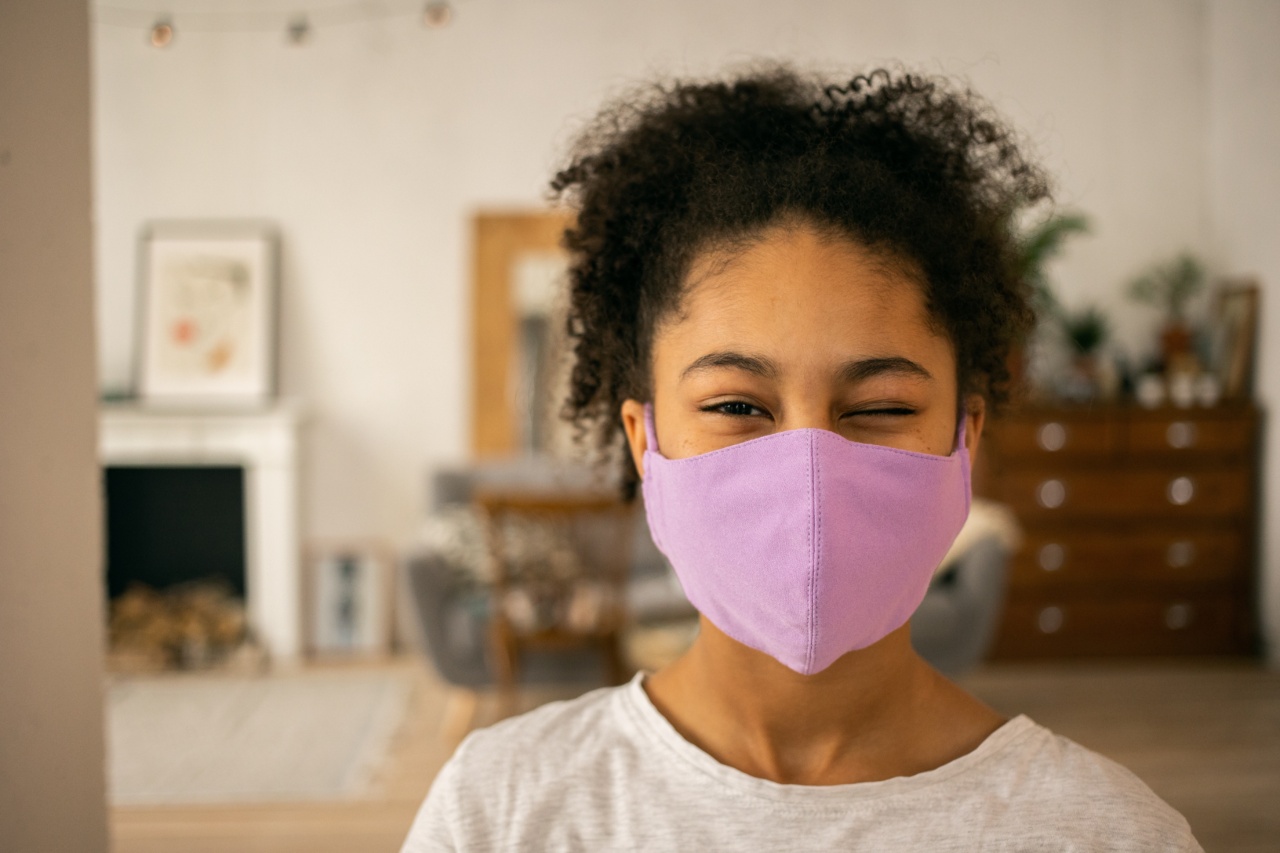Gynecological diseases are not just limited to adults, as childhood and adolescent females can also suffer from various gynecological issues and conditions.
Childhood and adolescent gynecological diseases can be caused by a variety of factors, such as infections, birth defects, hormonal imbalances, and more. In this article, we’ll take a closer look at some of the most common childhood and adolescent gynecological diseases and their symptoms.
1. Vulvovaginitis
Vulvovaginitis is a common gynecological disease in girls. It is characterized by inflammation of the vulva and vagina, and can be caused by various factors including infections, allergies, and more.
Some of the common symptoms of vulvovaginitis include itching, burning, redness, and pain.
2. Menstrual disorders
Menstrual disorders are common in adolescent females and can be caused by various factors such as hormonal imbalances, stress, anxiety, and more.
Some of the common menstrual disorders include amenorrhea (absence of menstrual periods), dysmenorrhea (painful menstrual periods), and abnormal uterine bleeding.
3. Ovarian cysts
Ovarian cysts are fluid-filled sacs that form on the ovaries. They can occur in females of all ages, including childhood and adolescence. Some of the common symptoms of ovarian cysts include abdominal pain, bloating, and irregular periods.
4. Endometriosis
Endometriosis is a gynecological condition that occurs when the tissue that normally lines the inside of the uterus grows outside of it. It can cause various symptoms such as severe pain during menstrual periods, infertility, and more.
Endometriosis can occur in adolescents and can lead to more serious gynecological problems later in life.
5. Polycystic ovary syndrome (PCOS)
PCOS is a hormonal disorder that affects adolescent females. It is characterized by the presence of multiple cysts in the ovaries and can lead to various symptoms such as irregular menstrual periods, weight gain, and acne.
PCOS can also lead to infertility if left untreated.
6. Breast problems
Various breast problems can occur in childhood and adolescence, such as breast development disorders, breast infections, and breast tumors. Some of the common symptoms include pain, tenderness, and lumps in the breast tissue.
7. Urinary tract infections (UTIs)
UTIs are common in children and adolescents, and can occur when bacteria enters the urinary tract. Some of the common symptoms of UTIs include painful urination, frequent urination, and lower abdominal pain.
8. Sexual abuse
Sexual abuse is a serious problem, and can lead to various gynecological issues such as vaginal bleeding, infections, and more.
It is important to seek medical help if sexual abuse is suspected as it can have long-lasting effects on a child or adolescent’s physical and mental health.
9. Congenital anomalies
Congenital anomalies are birth defects that can occur in the female reproductive system. Some of the common congenital anomalies include vaginal and uterine malformations, hymen abnormalities, and more.
These anomalies can cause various gynecological problems and can be corrected with surgery in some cases.
10. Cancer
Gynecological cancers can occur in childhood and adolescence, although they are rare. Some of the common gynecological cancers include ovarian, cervical, and uterine cancer.
It is important to seek medical attention if persistent symptoms such as abdominal pain or abnormal vaginal bleeding occur.






























